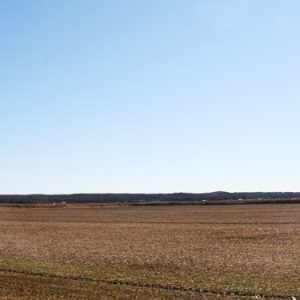 Crowley's Ridge
Crowley's Ridge
Entry Type: Place - Starting with C
 Crowley's Ridge
Crowley's Ridge
Crowley’s Ridge
Crowley’s Ridge College (CRC)
 Crowley's Ridge Nature Center
Crowley's Ridge Nature Center
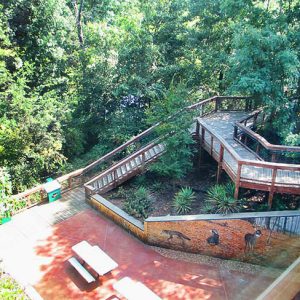 Crowley's Ridge Nature Center Walkway
Crowley's Ridge Nature Center Walkway
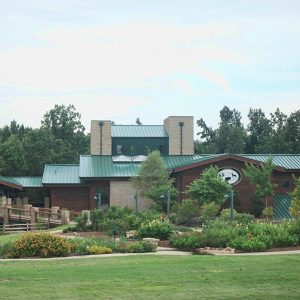 Crowley's Ridge Nature Center
Crowley's Ridge Nature Center
 Crowley's Ridge Nature Center Entrance
Crowley's Ridge Nature Center Entrance
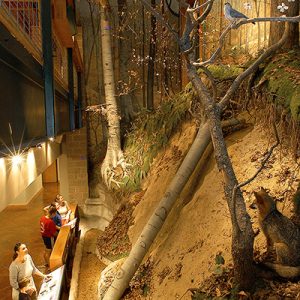 Crowley's Ridge Nature Center
Crowley's Ridge Nature Center
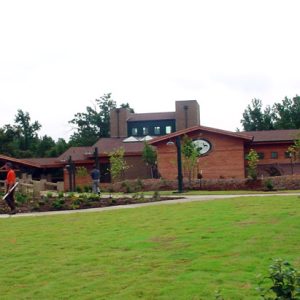 Crowley's Ridge Nature Center
Crowley's Ridge Nature Center
Crowley’s Ridge Parkway, National Scenic Byway
Crowley’s Ridge State Park
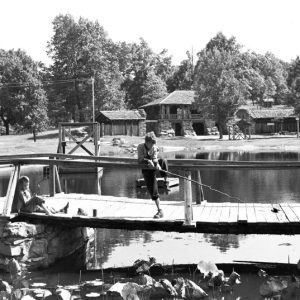 Crowley's Ridge State Park
Crowley's Ridge State Park
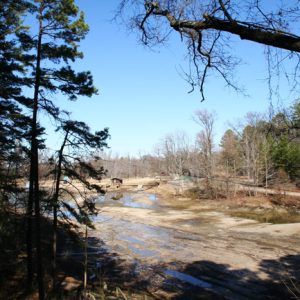 Crowley's Ridge State Park
Crowley's Ridge State Park
 Crowley's Ridge State Park
Crowley's Ridge State Park
 Crowley's Ridge State Park: Park Location
Crowley's Ridge State Park: Park Location
 Crowley's Ridge Technical Institute
Crowley's Ridge Technical Institute
Crowley’s Ridge Technical Institute
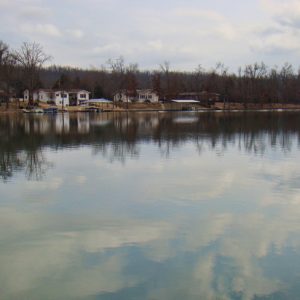 Crown Lake
Crown Lake
Crows (Saline County)
Crystal Bathhouse
 Crystal Bridges Museum of American Art
Crystal Bridges Museum of American Art
 Crystal Bridges Museum
Crystal Bridges Museum
 Crystal Bridges Museum of American Art
Crystal Bridges Museum of American Art
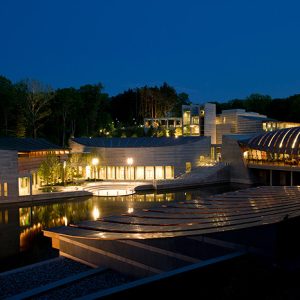 Crystal Bridges Museum of American Art
Crystal Bridges Museum of American Art
Crystal Hill (Pulaski County)
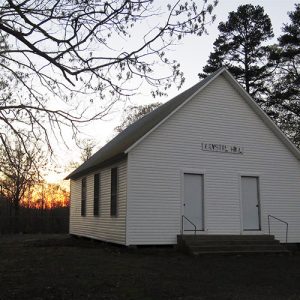 Crystal Hill Church
Crystal Hill Church
Crystal River Tourist Camp Historic District
aka: Crystal River Tourist Court
aka: Crystal River Cave and Court
 Crystal River Tourist Court
Crystal River Tourist Court
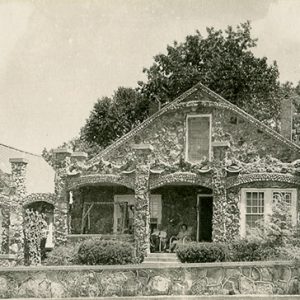 Crystal River Tourist Court
Crystal River Tourist Court
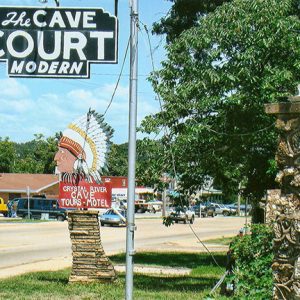 Crystal River Tourist Camp
Crystal River Tourist Camp
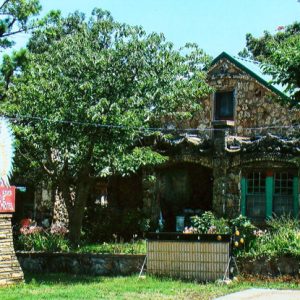 Crystal River Tourist Court
Crystal River Tourist Court
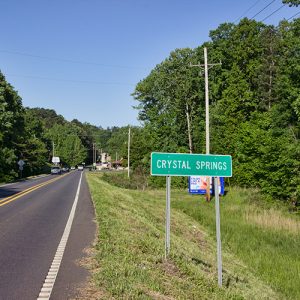 Crystal Springs
Crystal Springs
Crystal Springs (Garland County)
 CSA Bunker
CSA Bunker
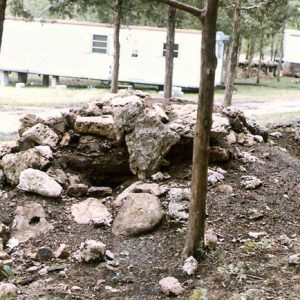 CSA Compound
CSA Compound
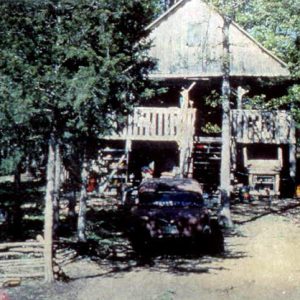 CSA Compound
CSA Compound
 CSA Compound Entrance
CSA Compound Entrance
 CSA Weapons Seizure
CSA Weapons Seizure
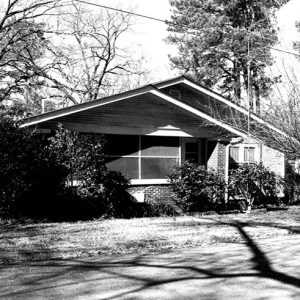 CSHD Home
CSHD Home
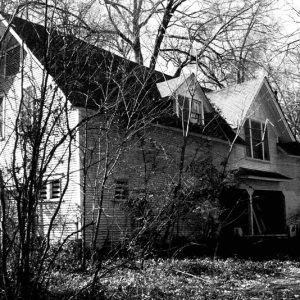 CSHD Home
CSHD Home
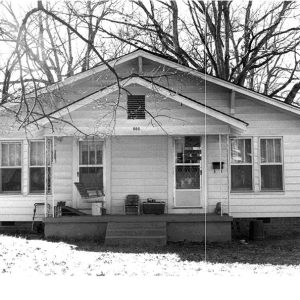 CSHD Home
CSHD Home
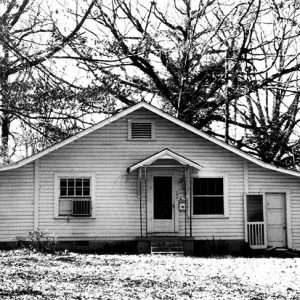 CSHD Home
CSHD Home
 CSHD Home
CSHD Home
 CSHD Home
CSHD Home
 CSHD Home
CSHD Home
 CSHD Home
CSHD Home
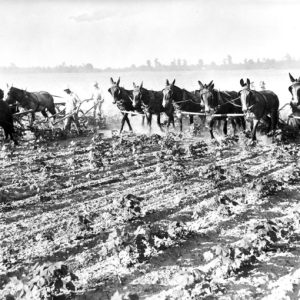 Cultivating Cotton
Cultivating Cotton
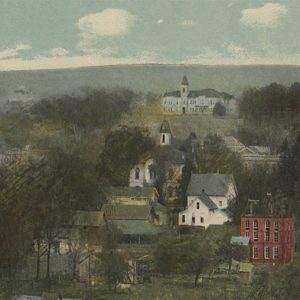 Cumberland College
Cumberland College
 Cumberland Presbyterian Church
Cumberland Presbyterian Church
 Cumberland Presbyterian Church
Cumberland Presbyterian Church




